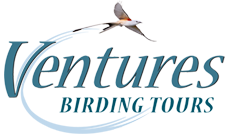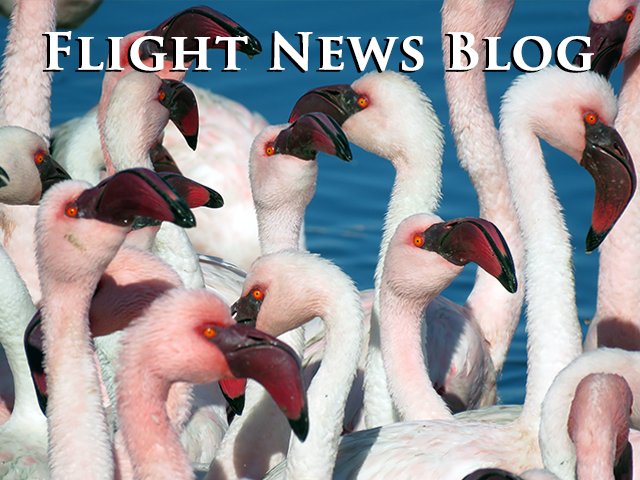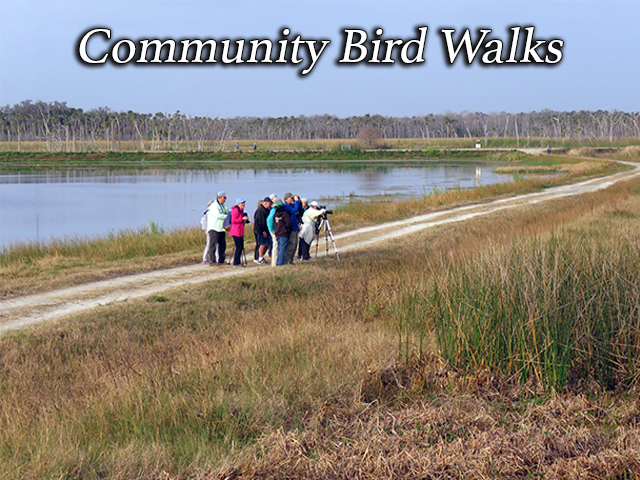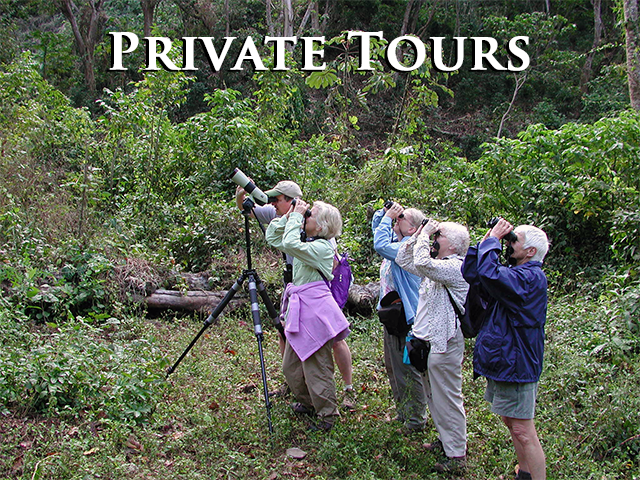Botany Bay Birding
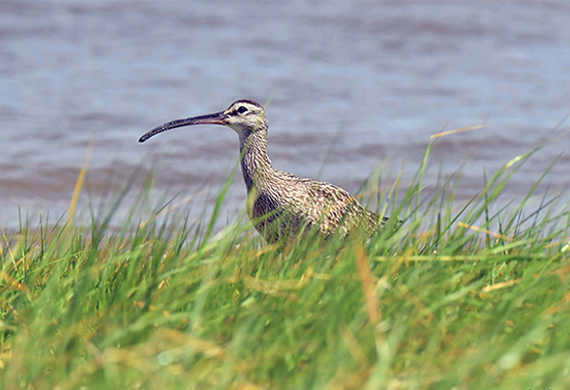
Edisto Island, SC
September 25, 2022
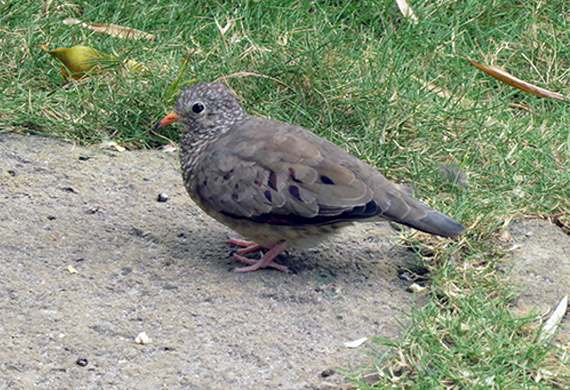
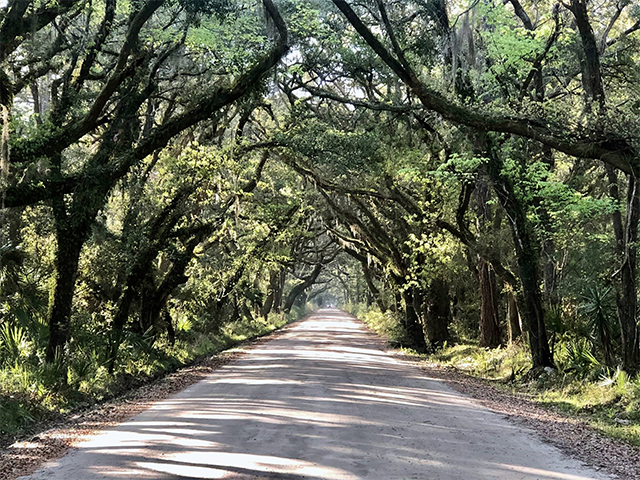
Register by clicking the ‘book now’ button above, or by contacting the Ventures office. We accept credit cards for an additional fee (2.9% for MC, Visa, Discover; 3.9% for AmEx), but you may also pay by bank transfer, cash, check, or money order. This Venture is limited to 10 participants.
Departure: Meet at the entrance to Botany Bay Plantation Wildlife Management Area, 1066 Botany Bay Rd, Edisto Island, SC 29438
Time: 8:00 AM Cost: $60
A leisurely drive through maritime forest observing resident and migrant passerines as well a short hike to the beach.
Botany Bay Plantation Wildlife Management Area is a 3300-acre wildlife management area on Edisto Island, located south of Charleston and adjacent to the Atlantic Ocean and the North Edisto River. It is a core part of a hugely protected and managed landscape known as the ACE Basin and has a wide variety of habitats to explore and observe birds. We will drive leisurely through the maritime forest and observe resident and migrant passerines, including flycatchers, warblers, vireos, thrushes, buntings, and sparrows. The vast sunflower and cropped fields provide habitats for many seed eating species, where we will spend some time looking for these species and Common Ground Dove. Near the beach parking area, we will scout the skies as this will be near peak for hawk migration in this area. We will then take a short round trip hike of approximately 2 miles to the beach at low tide where we hope to see many shorebirds feeding in the relict marsh. Approximately 30 species of shorebirds have been recorded at Botany Bay, and this will be the peak of shorebird migration. Specialties here are Red Knot, Whimbrel, Wilson’s and Piping Plover, and American Oystercatcher. Gulls and terns abound here, and we should begin to see some wintering sea ducks just offshore (scoters, Red-breasted Merganser, Lesser and Greater Scaup). We will finish out the trip following the driving tour where we will see more maritime forest, fields, salt marsh, intertidal flats, and an inland lake, stopping at various points where we see bird activity. We will be at near peak migration for passerines, shorebirds, and hawks, and with the other resident birds present, this trip should yield anywhere from 60-80 species. Twenty-five species of warblers have been reported here, and most hawks in eastern North America are reported from here during migration. The nearby seabird nesting island, Deveaux Bank, hosts up to 20,000 Whimbrel during the northward spring migration.
Most of the tour will be driving except for the 2-mile round trip to the beach and back. Be prepared with appropriate gear for rain or shine, and insect repellent.
